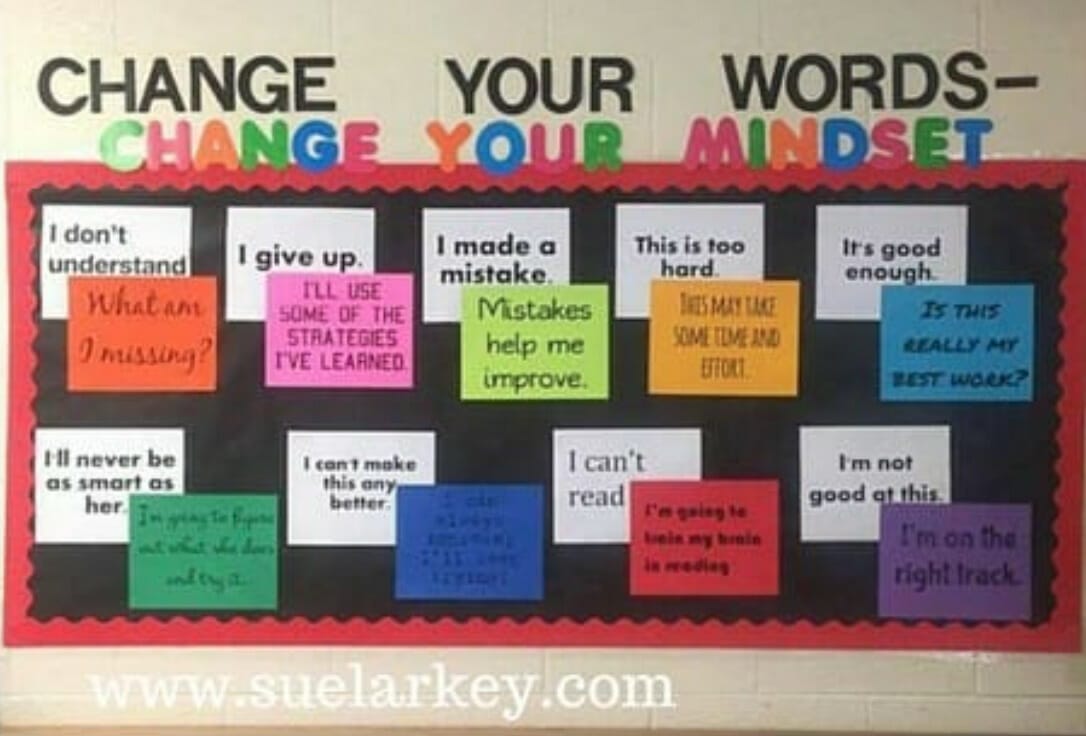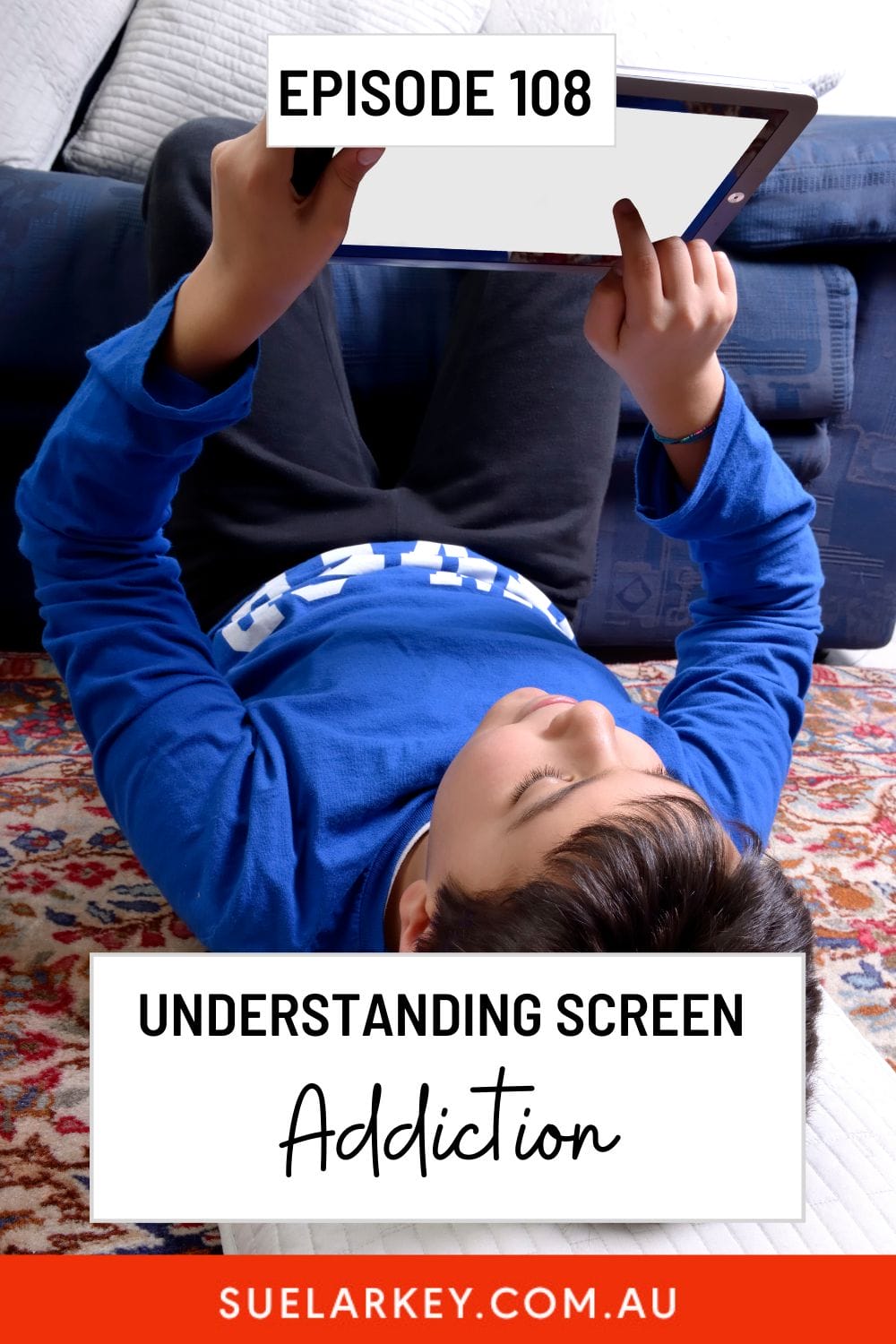Understanding Procrastination with ADHD
with Expert Simon Da Roza
Begin Understanding Procrastination and ADHD Today!

**************************************
Join me for an upcoming Workshop:
Can't make these Workshop dates? Join me for a self-paced on-demand course:
Sue Larkey On-Demand Workshops
**************************************
Discussed in this Episode:
✅ Procrastination is actually an engagement issue
✅ Iceberg – We see procrastination but what is happening below the surface?
✅ Impact on Executive Functioning
✅ Homework challenges
✅ Using technology to support writing activities
✅ Does Sue have a procrastination issue or choice paralysis?
Start Understanding Procrastination and ADHD Today!
Executive functioning
What is it and why does it matter?
Click to test your own executive functioning!
Listen to my previous podcast for more information about Executive Functioning
I have included Seven Super Strategies &
a BONUS five more to help with Understanding Procrastination and ADHD
1. Finding it hard to know where to start the activity: This is particularly common in written tasks e.g. “Write what you did on the weekend” is too broad a task. Give more specific parameters such as “What did you do on Saturday morning?” In Secondary it may be to choose a chronic disease to research and you may need to give them a choice of two diseases.
2. Processing time: Give them time to process your questions (verbal and written response). It can take students up to a minute to formulate the answer in the correct sequence. If you rush them they often stop engaging.
3. Limiting choices: To choose a topic, children require problem solving skills. For many children who are not engaging there are too many choices of topics or materials to research, internet sites to visit etc. Giving them specific topics, websites, chapters in books (rather than “Use your health book” etc.) may help them engage and complete work. For younger students, when they are given a choice of readers they tend to choose the same book or topic or interest area. You may need to get them to take one book they choose and one book you choose.
4. Knowing how much is required: They may not be aware of how much information they need and therefore may not complete the work. Tell them the expectations up front e.g. one page of writing, 100 words, two pictures etc.
5. Break down work into small segments: Cut worksheets up, highlight in different colours, cover with a blank sheet, break assignments into what needs to be done each week or each night. Adapt the task to be more achievable for this student’s needs – set them up for success. Better to do more smaller successful tasks than nothing.
6. Strategies for mistakes: Some student’s fear of failure will stop them from actually attempting work. Ensure students learn that making mistakes is part of the learning process and you would like to see them attempt work even if it’s not correct. It is very important for these students that you do not correct mistakes. Instead encourage them for work completed. Please note that these students need to be taught what to do if they make a mistake. Teach them to cross out neatly, to use an eraser, have a spare worksheet if theirs gets ruined, but often allowing them to do work on the computer will motivate them. On a computer mistakes can be erased without anyone knowing and spelling mistakes are highlighted so students can correct before they hand work in.
7. Build in breaks: Within their work schedule allow small breaks e.g. allow them to go for a walk or do a job for you, after they have completed “x” amount of work or a set time of work. Many students need to move to refocus.

Five MORE Super Tips to Engage Students
1. Vary the style of the student’s work: By providing a variety of ways to present work may help engage the student. This can include: the Assistant scribing, using a computer,
iPad, using Apps, (timetable App instead of a worksheet) oral presentation, cutting and pasting, drawing, PowerPoint presentation, iMovies for presentations etc.
2. Use timers, visuals and schedules: These all provide structure and clear expectations of the work to be done and for how long.
3. Motivating a student: The number one way to motivate a disengaged student is to use their special interest. Other students can be motivated with praise or stickers or socially but students with ASD may only be motivated by time with their special interest. This interest can change daily. However, as long you use the same system it will work. This could be: when and then, time on task then reward, completed work then reward, session then reward. For example when you have completed work then Lego for five minutes. Be very careful not to use language like “If you do not complete your work NO Lego”. As ASD students hear “NEVER” when people say “NO”, this type of negative sentence will often result in escalated behaviour.
4. Group work/partners: Often if they are with the wrong students who may annoy them, they will refuse to work. You may find that changing the group or allowing them to work on their own will re-engage them.
5. Explain why the activity has to be done: Many disengaged students will ask constant questions or will make comments about the work e.g. this is boring, done it before, too hard. Some students will say they don’t know why they have to do the work and many students need to know why they are doing this activity. Explaining the reason for the task, such as this is revision or consolidation, can engage the student.
Sue’s Top Resources for ADHD:
Recommended Podcasts:

Episode 108: Understanding Screen Addition with ADHD Expert Simon Da Roza
A lot of parents have asked me how to deal with screen addictions in their neurodiverse children. This is especially important during the holidays, so this week in the podcast I speak with ADHD expert Simon Da Roza about executive functioning and managing screen time.
Learn how to reduce from 16 hours a day to just 1!
UNDERSTANDING AuDHD: Teaching & Supporting Students with Autism and ADHD Co-occurrence
✅ 2 Hours, 8 Lessons
✅ 6 Weeks to Complete 🎁 Bonus 6 Months Access (available until 28 Oct 25)
✅ Certificate of Completion
✅ Lesson Transcripts
 2 Hours
2 Hours

$149


Are you?
- Passing on a student with Neurodiversity to another educator next year
- Do you know a student who will be changing teachers, classrooms, or school settings in 2026
- Planning your staff, classes for 2026
Now is the time to prepare for 2026.
By joining my course, you will get the knowledge, skills and strategies to set yourself and your students up for success in 2026.
If there's even a remote possibility of having a child with Neurodiversity in your classroom next year, join me to prepare now.
Training in the first term often presents challenges:
- Don't want a day out for training when setting up class at the start of the year.
- Students with neurodiversity may start off dysregulated because the necessary structures and strategies are not yet in place.
- Educators find themselves playing catch-up while addressing 'behaviours'.
- Many educators feel overwhelmed.
 2 Hours
2 Hours


 Sorry we no longer ship items outside Australia. Please consider the digital versions of Sue’s Books –
Sorry we no longer ship items outside Australia. Please consider the digital versions of Sue’s Books – 